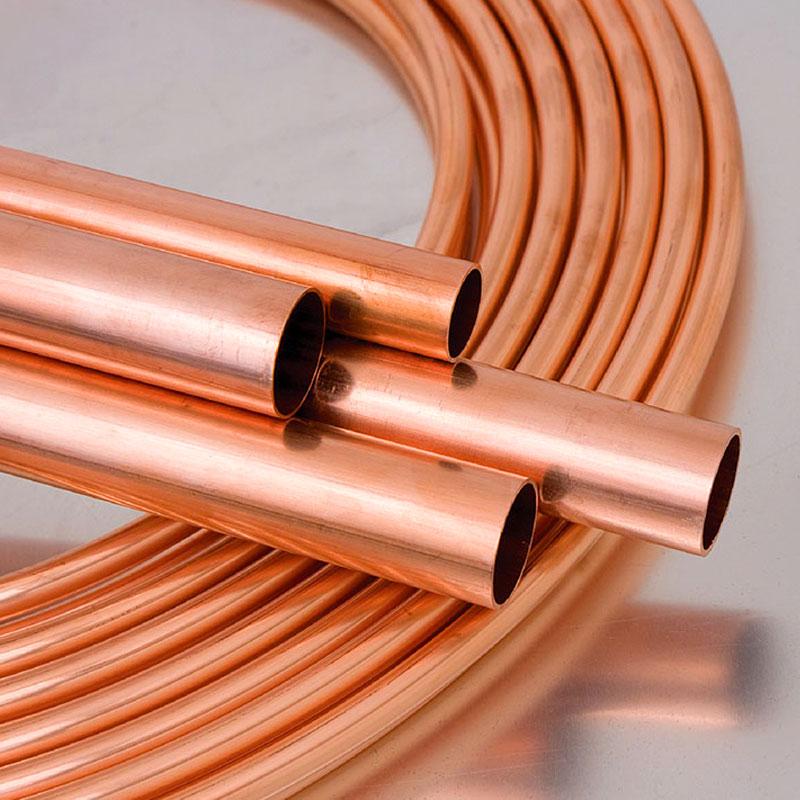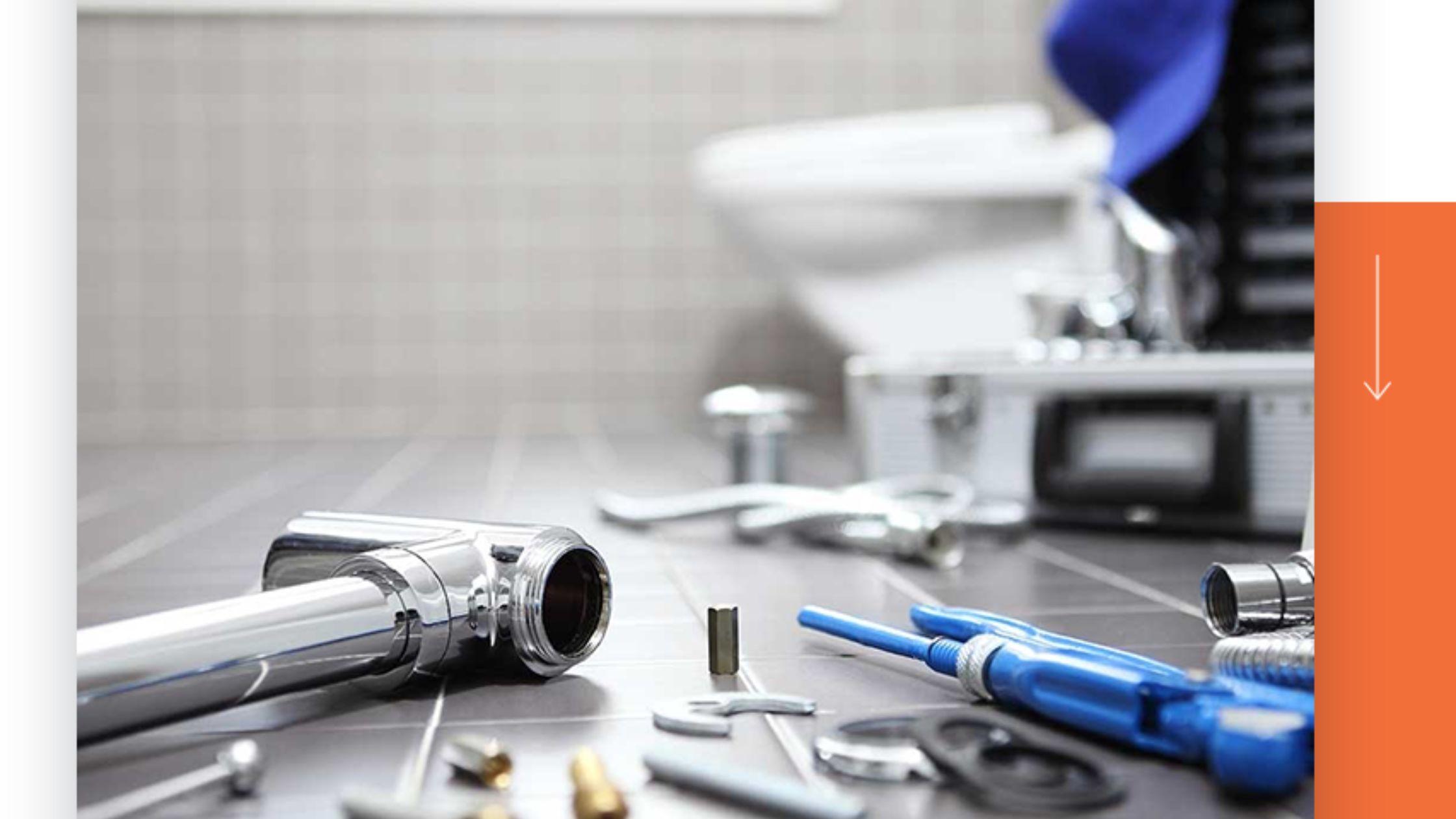Copper Pipe for AC: A Complete Guide for Efficient Cooling

Air conditioners have become an essential part of modern homes, offices, and industries. Behind the smooth functioning of every AC lies a network of pipes that carries refrigerant. The choice of piping material directly affects cooling efficiency, energy consumption, and durability. Among all available options, copper pipe for AC is considered the most reliable and widely used.
This blog provides a complete guide to copper AC pipes, including their types, benefits, applications, and installation practices.
Why Copper Is Preferred for AC Pipes
Copper has long been the standard choice in HVAC systems. The reasons are simple:
-
Superior heat transfer – Copper’s high conductivity ensures better refrigerant flow and cooling.
-
Durability – It can withstand high pressure and temperature changes without breaking.
-
Resistance to corrosion – Works effectively in both indoor and outdoor conditions.
-
Easy installation – Copper can be bent, shaped, and welded for customized layouts.
-
Leak-proof performance – With proper fittings, copper pipes minimize refrigerant leakage.
These qualities make copper the backbone of both residential and commercial AC installations.
Types of Copper Pipe for AC
1. Soft Copper Pipes
-
Flexible and can be bent without much effort.
-
Commonly used in split and window ACs.
-
Requires fewer fittings, which reduces the risk of leaks.
2. Hard Copper Pipes
-
Rigid, strong, and resistant to damage.
-
Used in large central and commercial AC systems.
-
Requires professional installation through brazing or welding.
3. Insulated Copper Pipes
-
Coated with insulation material to prevent condensation.
-
Improves energy efficiency by reducing heat loss.
-
Ideal for high-humidity environments.
4. Seamless Copper Tubes
-
Manufactured without joints, making them stronger.
-
Suitable for high-pressure applications.
-
Common in industrial HVAC systems.
Standard Sizes of Copper Pipe for AC
The right pipe size ensures the AC performs at peak efficiency. Common sizes include:
-
¼ inch (6.35 mm) – Typically used for small split ACs.
-
⅜ inch (9.52 mm) – Common in medium-capacity systems.
-
½ inch (12.7 mm) and above – Used in large commercial or central cooling units.
Undersized or oversized pipes can reduce cooling efficiency and increase energy consumption.
Key Benefits of Copper Pipe in Air Conditioning
1. Better Cooling Efficiency
Copper transfers heat quickly, ensuring that refrigerant cycles smoothly and provides effective cooling.
2. Long-Term Durability
Copper pipes resist cracks, leaks, and damage from external conditions, lasting longer than other alternatives.
3. Easy Maintenance
Any leaks or issues can be easily repaired by welding or brazing.
4. Cost Savings Over Time
Though copper is more expensive than aluminum initially, its long lifespan and lower repair needs make it cost-effective in the long run.
5. Eco-Friendly Material
Copper is 100% recyclable, making it a sustainable choice for HVAC systems.
Applications of Copper Pipe for AC
-
Residential Cooling – Split and window ACs in homes.
-
Commercial Buildings – Shopping malls, offices, hotels, and hospitals.
-
Industrial Cooling – Large-scale factories, data centers, and production units.
-
Refrigeration – Cold storage rooms, chillers, and industrial freezers.
Copper Pipe vs. Aluminum Pipe in AC Systems
While some AC manufacturers use aluminum pipes, copper remains superior:
-
Strength: Copper is stronger and resists physical damage better.
-
Heat Transfer: Copper cools faster due to better conductivity.
-
Ease of Repair: Copper is easier to weld and repair.
-
Durability: Copper lasts longer in harsh environments.
Aluminum may be cheaper, but copper’s reliability and lifespan make it the better choice.
Installation Guidelines for Copper AC Pipes
-
Always select the correct pipe size according to the AC’s tonnage.
-
Ensure proper insulation to prevent energy loss and water condensation.
-
Avoid unnecessary bends or kinks that can restrict refrigerant flow.
-
Seal joints properly to eliminate leakage risks.
-
Use only trained HVAC technicians for installation.
Maintenance Tips for Copper Pipes in AC
-
Inspect pipes regularly for cracks or signs of leakage.
-
Replace damaged insulation immediately.
-
Clean the external surface of outdoor pipes to prevent corrosion.
-
Get professional servicing at least once a year to ensure efficiency.
Future Outlook: Copper in Modern AC Systems
With rising energy costs, the need for efficient cooling solutions is increasing. Copper continues to dominate AC piping because:
-
It is compatible with eco-friendly refrigerants.
-
It enhances energy efficiency.
-
It offers proven durability for both small and large systems.
Copper pipes are expected to remain the top choice in air conditioning systems for decades to come.
Conclusion
The efficiency and reliability of an AC system depend heavily on its piping network. Copper pipe for AC ensures excellent performance, durability, and energy savings. Whether for residential, commercial, or industrial applications, copper continues to be the most trusted material in the HVAC industry.







